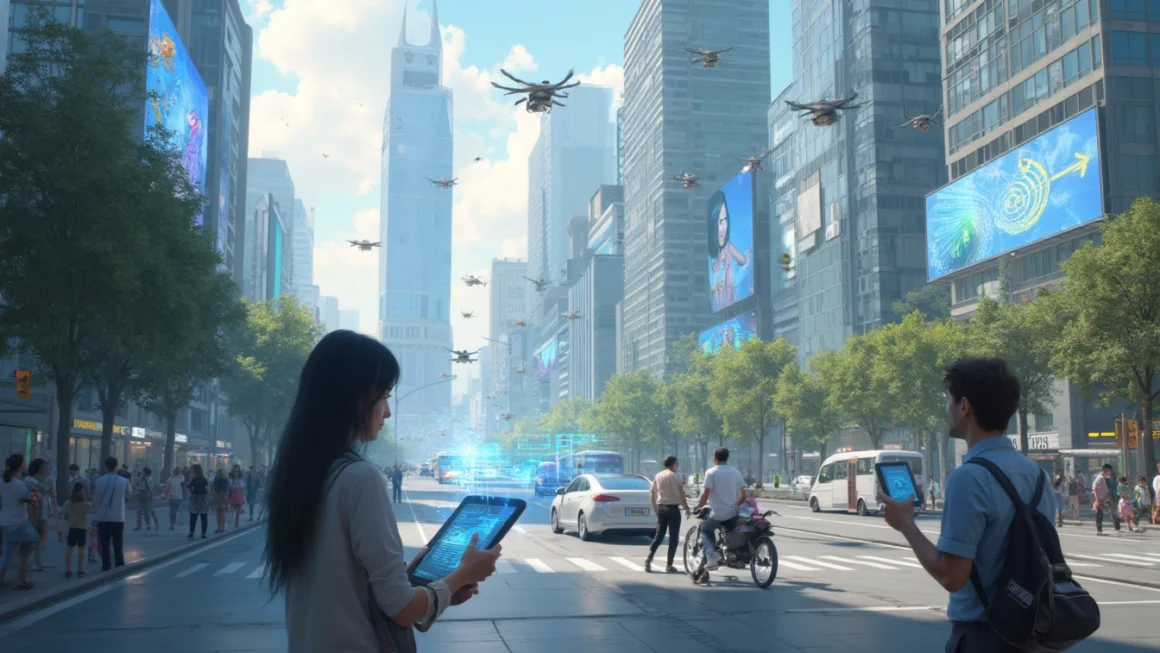Exploring the Evolution of India’s Space Exploration
Table of Contents
India’s space exploration journey has been a remarkable adventure of technological advancement and national pride. Since its inception, the Indian Space Research Organisation (ISRO) has made significant contributions to space technology, placing India among the leading space-faring nations. So, what has fueled this rapid progression, and how has ISRO managed to achieve these milestones?
Historical Overview of ISRO’s Journey
Established in 1969, ISRO’s initial endeavors were humble, focusing on satellite technology to aid in communication and weather forecasting. Over the decades, India steadily expanded its space capabilities, establishing a robust satellite network that serves various applications, from telecommunication and agriculture to disaster management and navigation.
Pioneering Missions and Achievements
- Chandrayaan Missions: Chandrayaan-1, India’s first lunar probe, was launched in 2008. It made groundbreaking discoveries like the presence of water molecules on the lunar surface. This was followed by Chandrayaan-2, aiming to further explore the Moon.
- Mangalyaan (Mars Orbiter Mission): In 2013, India became the first Asian nation to reach Martian orbit. The mission was lauded globally, not just for its scientific achievements but for its cost-effectiveness.
- NavIC: The Navigation with Indian Constellation (NavIC) is a regional satellite navigation system, enhancing India’s autonomy in navigation technologies.
Contributions to Global Space Research
Beyond national achievements, ISRO contributes to global space research and commercial satellite launches. Collaborations with NASA and other international agencies have bolstered India’s reputation as a reliable partner in space launches.
Commercial Launches and International Collaborations
ISRO’s PSLV (Polar Satellite Launch Vehicle) has emerged as a workhorse for commercial satellite launches, earning revenue and international trust. The organisation’s readiness to share technology and partnerships with space agencies like European Space Agency (ESA) underscores its pivotal role in global space initiatives.
The Future of India’s Space Endeavors
Looking ahead, ISRO is set to scale new heights with ambitious projects like Gaganyaan, the nation’s first manned mission to space. Initiatives to explore solar and lunar realms further evidence India’s unwavering commitment to pushing the frontiers of space exploration.
ISRO’s Vision for 2030 and Beyond
- Developing indigenous capabilities for more complex missions.
- Expanding the reach and utility of remote sensing and communication satellites.
- Venturing into deep space missions targeting asteroids and other celestial bodies.
These efforts align with India’s broader goal of promoting science and technology for sustainable development, striving for self-reliance in space technology.
Encouraging Technological Innovations
ISRO’s success has spurred innovation across India’s tech landscape, inspiring startups and entrepreneurs to pursue aerospace ventures. The lure of space technology, combined with governmental support, has created a dynamic ecosystem poised for further breakthroughs.
Impacts on the Economy and Society
With growing investments and advancements in space tech, the sector presents immense opportunities for economic growth. Moreover, ISRO’s initiatives often emphasize societal benefits, such as improving connectivity in rural areas and advancing disaster preparedness.
Conclusion
India’s foray into space exploration is a tale of perseverance, innovation, and strategic vision. As ISRO continues to develop cutting-edge technologies and explore uncharted territories, it establishes a legacy of inspiration. For those interested in technology and development, the journey of ISRO offers rich insights into how a nation can leverage space technology for broader socio-economic progress.
For further exploration of innovative tech solutions and developments, visit the portfolio website of a seasoned software developer, illustrating the broader impact of technology on our world.




